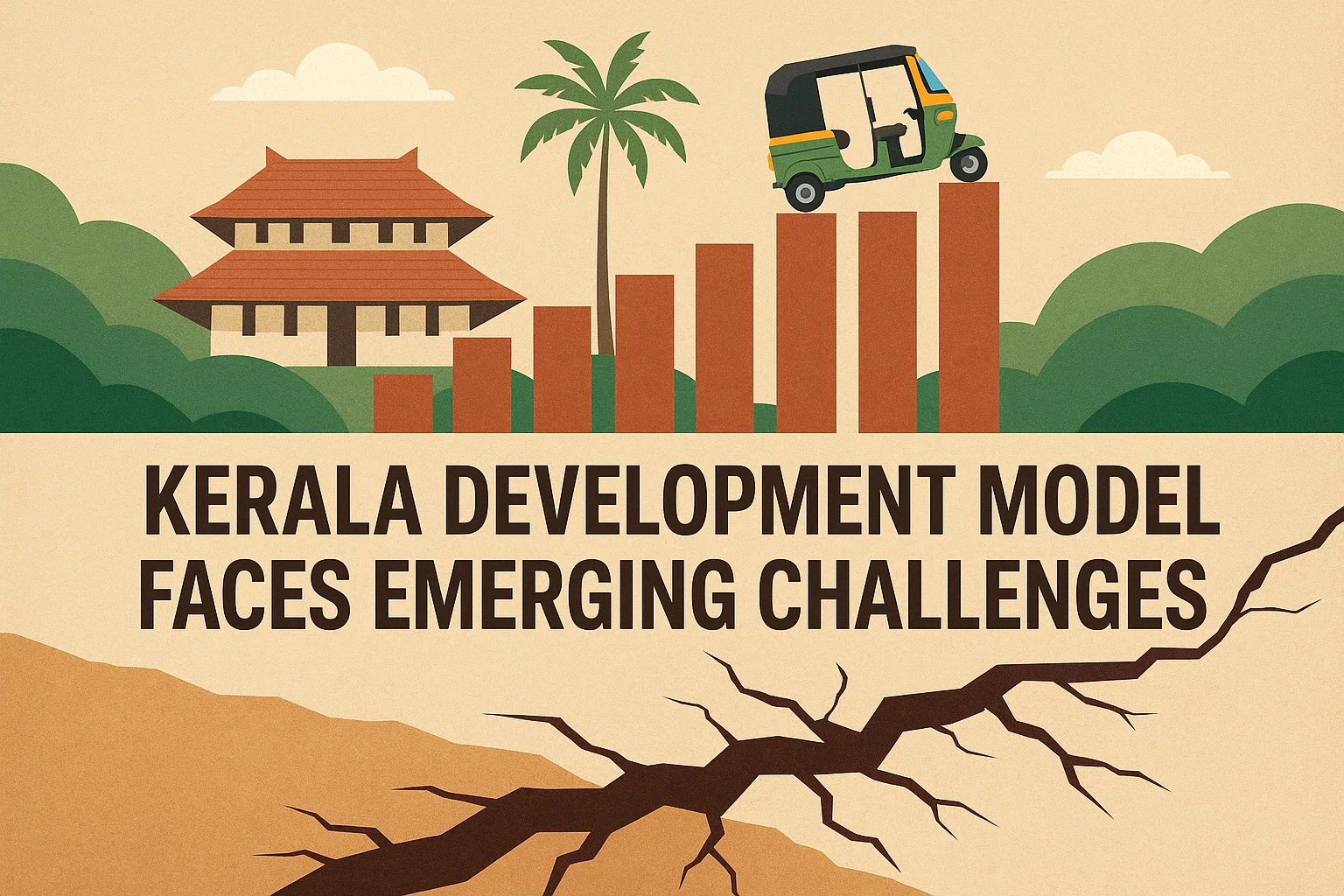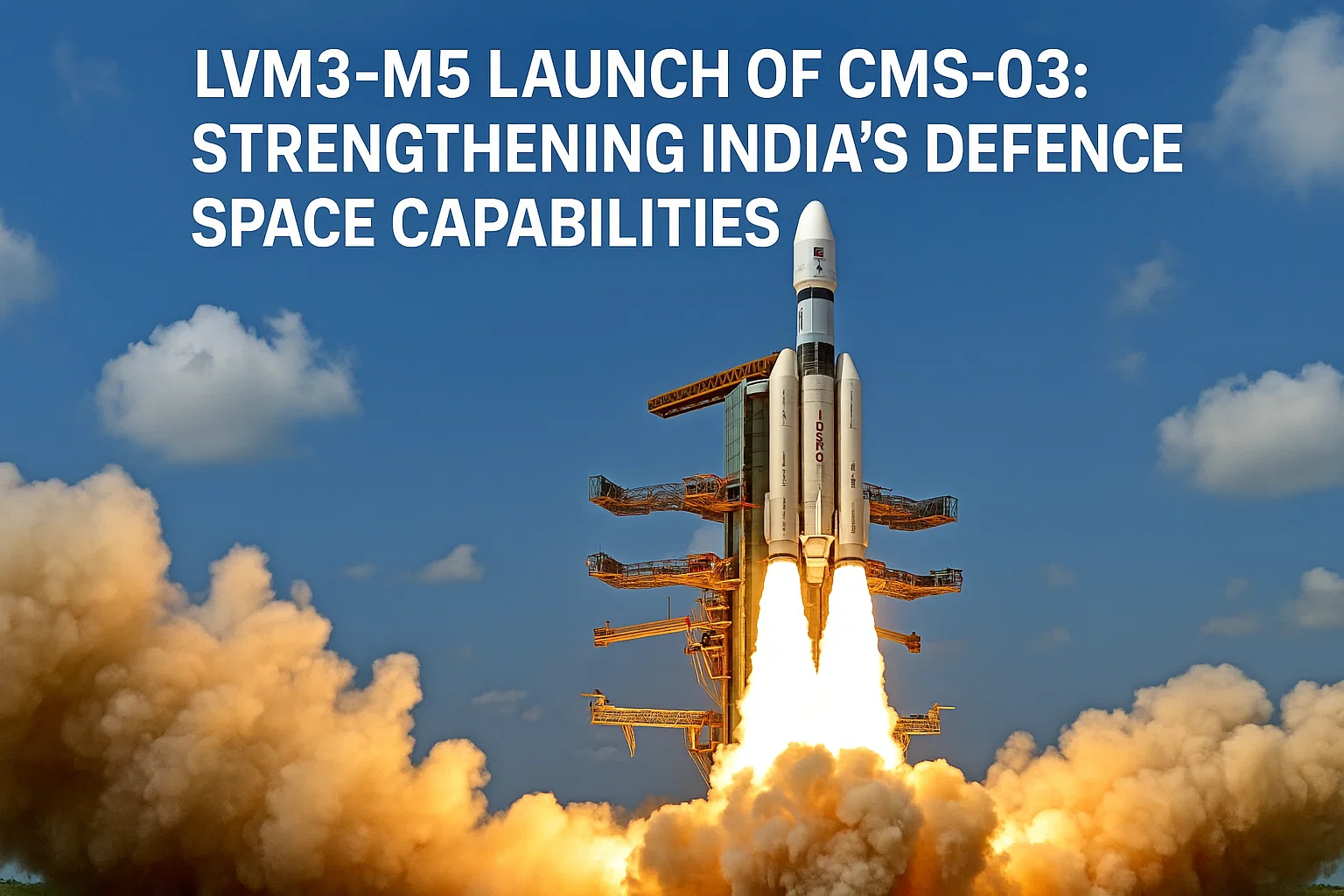Font size:
Print
Revolutionising Mobility: The Make in India Auto Story
Introduction
- The Make in India initiative, launched in 2014, has significantly transformed India’s automobile industry.
- Policy reforms, fiscal incentives, and infrastructure development have positioned India as a global automotive hub.
- The sector has attracted substantial investments, spurred innovation, and increased localization, contributing to economic growth and sustainability.
Growth of the Auto Component Industry
Growth of the Indian Automobile Sector
- De-licensing of the sector in 1991 and 100% FDI through the automatic route led to major expansion.
- Vehicle production grew from 2 million (1991-92) to 28 million (2023-24).
- The turnover of the Indian automotive industry is approximately USD 240 billion (INR 20 lakh crore).
- The industry supports 30 million jobs (Direct: 4.2 million, Indirect: 26.5 million).
- India’s global ranking in automobile manufacturing:
- Largest manufacturer of three-wheelers.
- Top 2 manufacturers of two-wheelers.
- Top 4 manufacturers of passenger vehicles.
- Top 5 manufacturers of commercial vehicles.
- The auto component industry is a key pillar of India’s manufacturing sector.
- Contribution to India’s GDP: 2.3%.
- Direct employment: 1.5 million people.
- Industry turnover in FY24: INR 6.14 lakh crore (USD 74.1 billion).
- Export value in FY24: USD 21.2 billion.
- Projected export target by 2026: USD 30 billion.
- Expected investment by FY28: USD 7 billion to boost localization.The industry achieved 5.8% import reduction in two years.
- Major export destinations:
- Europe: USD 6.89 billion.
- North America: USD 6.19 billion.
- Asia: USD 5.15 billion.
Contribution to the Indian Economy
- The automobile sector contributes 6% to India’s GDP.
- Automobile exports reached 4.5 million units in FY 2023-24.
- The sector attracted USD 36 billion FDI in the past four years.
- Major international investments:
- Hyundai: USD 4 billion (INR 33,200 crore).
- Mercedes-Benz: USD 360 million (INR 3,000 crore).
- Toyota: USD 2.3 billion (INR 20,000 crore).
Expansion of Electric Vehicle (EV) Sector
- Total EV registrations: 4.4 million (as of August 2024).
- Market penetration of EVs: 6.6%.
- Government initiatives supporting EV adoption:
- Production Linked Incentive (PLI) Scheme for Advanced Chemistry Cell (ACC) battery storage.
- Budget allocation under FAME scheme (2024-25): INR 2,671.33 crore.
- Exemption of customs duties for critical minerals required for EV battery manufacturing.
- Electric Mobility Promotion Scheme (EMPS) 2024:
- INR 500 crore outlay (for four months).
- Focus on two- and three-wheelers.
- Lithium deposits discovered in Jammu & Kashmir, positioning India for battery manufacturing.
- Projected EV sector growth: USD 113.99 billion by 2029.
Key Government Schemes for EV Promotion
- Faster Adoption and Manufacturing of Electric Vehicles (FAME) India Scheme – Phase II
- Implemented from April 1, 2019, to 2024.
- Budgetary support: INR 11,500 crore.
- Scope: E-2Ws, E-3Ws, E-4Ws, E-buses, and public charging stations.
- Sanctioned 2636 charging stations across 62 cities in 24 states/UTs.
- Production Linked Incentive (PLI) Scheme for Automobile and Auto Components
-
- Budgetary outlay: INR 25,938 crore.
- Target period: FY 2022-23 to FY 2026-27.
- Domestic Value Addition (DVA): Minimum 50%.
- Focus: Advanced Automotive Technology (AAT) products.
- Incentives:
- EVs and hydrogen fuel-cell components: 13%-18%.
- AAT components: 8%-13%.
- PLI Scheme for Advanced Chemistry Cell (ACC)
-
- Budgetary outlay: INR 18,100 crore.
- Aim: Establish 50 GWh of domestic ACC battery production.
- PM Electric Drive Revolution in Innovative Vehicle Enhancement (PM E-DRIVE) Scheme
-
- Budgetary outlay: INR 10,900 crore.
- Duration: Two years.
- Focus on E-2W, E-3W, E-trucks, E-buses, E-ambulances, public charging stations.
- PM e-Bus Sewa-Payment Security Mechanism (PSM) Scheme
-
- Budgetary outlay: INR 3,435.33 crore.
- Target: Deployment of 38,000+ electric buses.
- Scheme for Promotion of Manufacturing of Electric Passenger Cars (SMEC)
-
- Notified in March 2024.
- Minimum investment requirement: INR 4,150 crore.
- DVA Targets: 25% (third year), 50% (fifth year).
Challenges and the Road Ahead
- Infrastructure bottlenecks: Need for expanded charging network and stable power supply.
- High initial costs: Need for sustained government incentives and subsidies.
- Localization of battery manufacturing: Reducing dependence on imports of lithium and rare earth elements.
- Skilled workforce: Need for workforce training in automotive and EV technologies.
- Policy consistency: Continued support for long-term investments in sustainable mobility.


